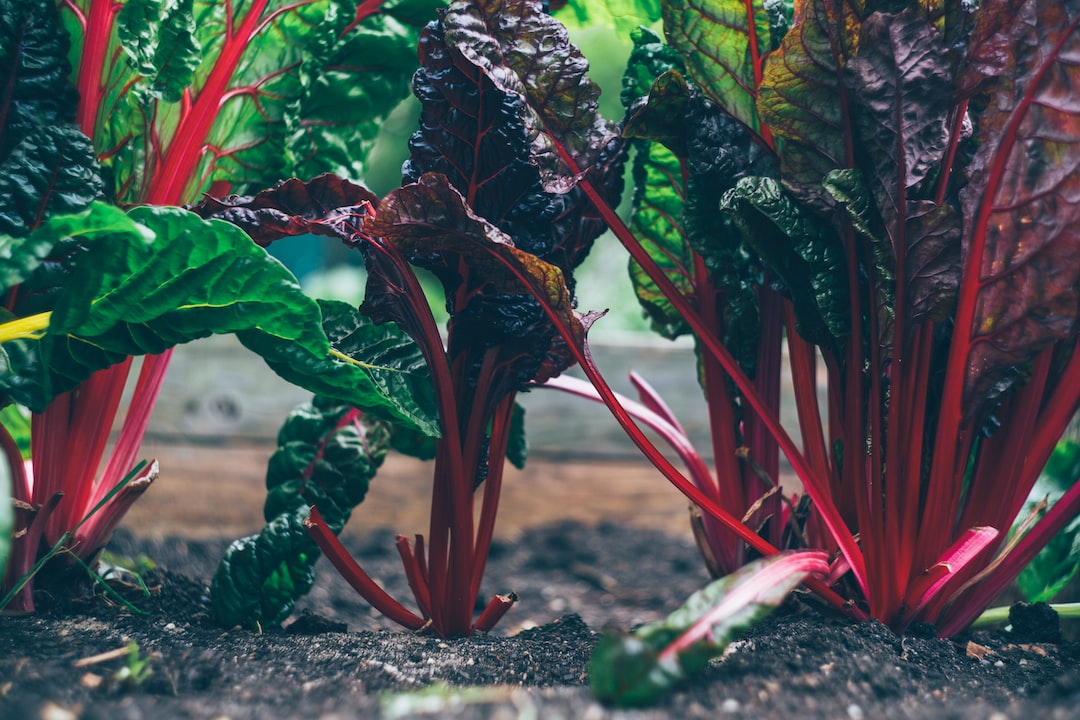The Government has released a National Policy Statement for Highly Productive Land (NPS-HPL), with the aim of improving how we protect the country’s most productive farm land from residential development.
Over the last 20 years, 170,000 hectares of highly productive land has been converted to lifestyle blocks. The new national policy statement will require councils to identify, map, and manage highly productive land to ensure it’s available for growing vegetables, fruit, and other primary production.
The SMC asked experts to comment on the new national policy statement.
Professor Amanda Black, Director, Bioprotection Aotearoa; and Rutherford Discovery Fellow, comments:
“The protection of highly productive land has been a concern for food producers and scientists for more than two decades. The release of a NPS on highly productive land at least is an acknowledgement of the national importance that this issue has and the impact that continued loss has for our own food security, the wider Pacific food security and, of course, income from export.
“My concern is that it will take at least 3.5 years to really implement and it relies heavily on coordination between authorities. While it comes into effect on the 17th October 2022, any land already marked for subdivision will still go ahead.
“There are also a number of exceptions to protecting highly productive land that begs the questions: will the NPS be able to adequately protect our future food supply? And is this too little too late?”
Conflict of interest statement: “I currently am a member of Ministry for the Environment’s Interim Mātauranga, Science and Insights Panel.”
